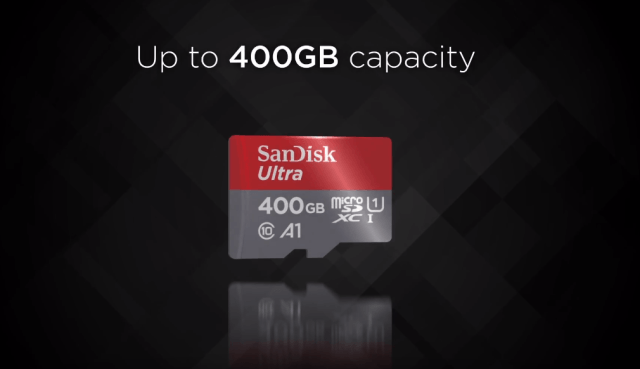Let’s talk about one of life’s great mysteries, right up there with how socks disappear in the laundry and why your phone battery always dies at the worst possible moment: How can a 2GB microSD card be exactly the same size as a 512GB microSD card? It’s a question that might keep you up at night—if you’re the kind of person who gets existential about tiny pieces of plastic and silicon.
Same Size, Different Universe
First off, let’s marvel at the fact that both a 2GB and a 512GB microSD card are about the size of your pinky nail. They both fit neatly into that little slot in your phone, camera, or wherever else you shove them, and they both look exactly the same. But inside, they’re living entirely different lives.
Imagine, if you will, that each microSD card is like a tiny city. The 2GB card is a small, sleepy town where everyone knows each other, and there’s plenty of open space. The 512GB card, on the other hand, is a bustling metropolis, crammed with high-rise buildings and a population density that would make New York City blush. But despite the drastically different amount of stuff they’re holding, these two “cities” still occupy the same physical space.
The Magic of Miniaturization
So how is this possible? The answer lies in the wonderful world of technology, where engineers have made a career out of making things smaller and smaller, and packing more and more data into tinier spaces. It all comes down to how data is stored.
In the early days of flash memory, storing even a small amount of data required a relatively large amount of physical space. But as technology advanced, the size of the individual memory cells that store the data shrank—kind of like how smartphones got smaller and thinner, yet more powerful over time. This shrinking of memory cells allowed more of them to be packed into the same physical area, which is why your 512GB card can store 256 times more data than your 2GB card without gaining a single millimeter in size.
It’s All About Layers
Think of each microSD card as a skyscraper. In the old days (you know, back when 2GB was a big deal), the skyscraper was just a few stories tall, and each floor represented a layer of memory cells. But now, thanks to advances like 3D NAND technology, those skyscrapers have a lot more floors. Engineers have figured out how to stack memory cells vertically, creating multiple layers within the same footprint. This means you can cram a whole lot more “apartment units” into the same space, allowing for massive storage capacities.
The Real Question: Where Does It End?
Now that we know the secret, the real question is: Where does it stop? Today it’s 512GB, but what’s next? A microSD card the size of a grain of rice that can store the entire contents of the Library of Congress? Don’t laugh—given the pace of technological advancement, that’s probably not far off.
The Size Paradox
So there you have it: the seemingly paradoxical fact that a 2GB and a 512GB microSD card can be the same size comes down to miniaturization, stacking layers, and the relentless march of technology. While it may seem like magic, it’s really just a testament to human ingenuity—and maybe a little bit of a friendly challenge to the universe to see just how much we can fit into the tiniest spaces.
Just remember, the next time you’re fumbling with one of these tiny cards, that inside that little piece of plastic is a world of data storage magic happening right before your eyes.



